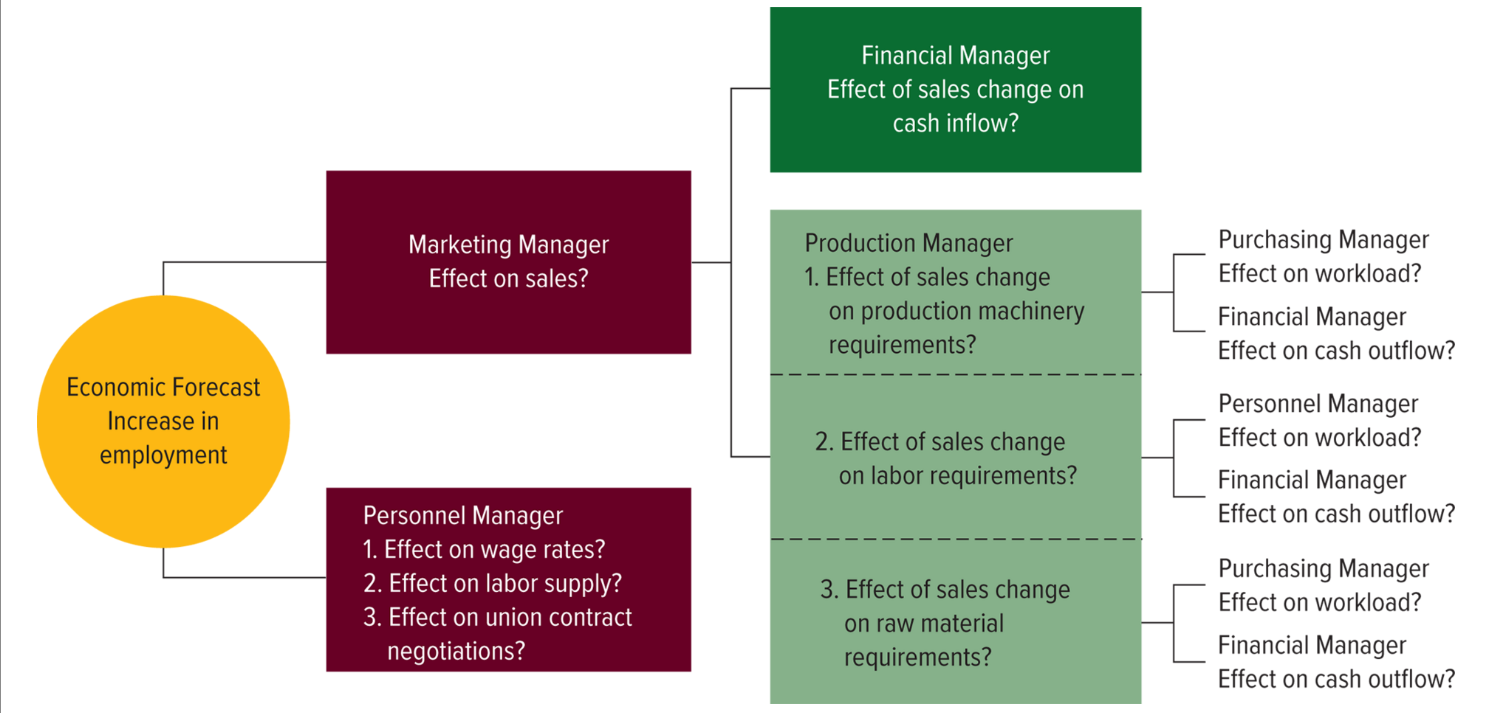Module 7: Economic and Socioeconomic Forces IB-300
1/15
There's no tags or description
Looks like no tags are added yet.
Name | Mastery | Learn | Test | Matching | Spaced |
|---|
No study sessions yet.
16 Terms
GNI
The total value of all income generated by the residents of a nation, including both the domestic production of goods and services and income from abroad
companies prefer GNI because it encompasses more information (takes into account the flows of foreign income and investments)
GDP
the total monetary value of all goods and services produced within a nation
Purpose of economic analyses
to assess the overall outlook for the economy and the impact of economic changes on the firm
Impact of economic forecast on firm’s functional areas
Ex: Suppose an increase in employment is forecasted
it would cause most marketing managers to revise their sales forecasts upward
in turn requiring that production managers increase production

Different categories of countries based on levels of national economic development
developed economies, developing economies and emerging market economies
Developed economies
A classification for high-income industrialized nations, which have high living standards and the most technically developed infrastructures
Developing economies
a classification for the world’s lower-income nations, which have less technically developed infrastructure and lower living standards
Emerging market economies
developing economies with per-capita incomes in the low to middle range
Underground economy
the part of a nation’s income that, because of un-reporting or under-reporting is not measured by official statistics
includes undeclared production of legal and illegal goods and services their corresponding activities (ex money laundering and concealed income in barter)
What is purchasing power parity (PPP)
a means of adjusting the exchange rates for two currencies so the currencies have equivalent purchasing power
Purchasing power parity example:
What can a Thai customer buy with 170,766 baht GNI per capita, compared with a US customer with US $53,670 GNI per capita?
Suppose the current exchange market rate is 31.8 baht = US $1
Ans: US $5,370
(170.766/31.8)
Private Consumption: What is disposable income?
after-tax personal income
Private Consumption: discretionary income
amount of income left after paying taxes and making essential purchases
Private Consumption: Indicators of Personal Consumption
ownership of goods
consumption of key materials
Dimensions/indicators of the economy
economic growth rate, income distribution, units labor costs, private consumption, internatioal debt
Dimensions/indicators in socioeconomic enviornment:
Total population, age distribution, population density and distribution